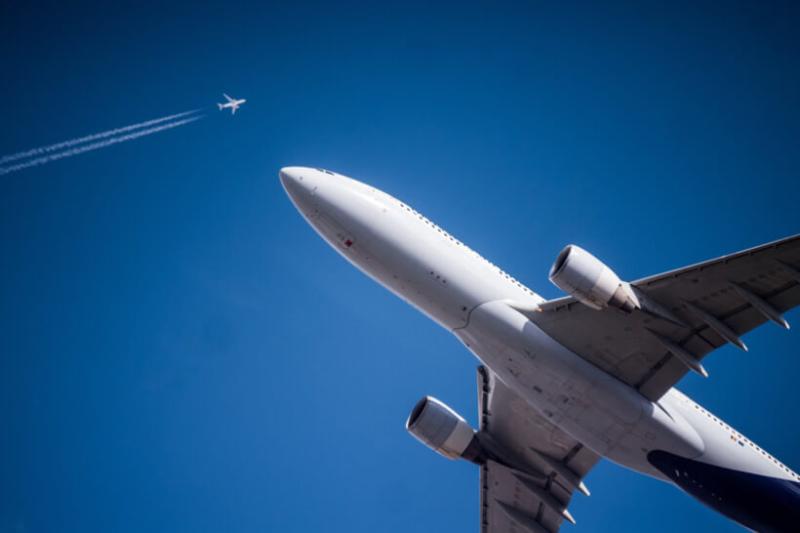Rise of Low-Cost Carriers
The liberalization of Indian aviation sector in the early 1990s led to the emergence of low-cost carriers (LCCs). The first LCC to enter the market was Air Deccan which began operations in 2003. It was founded with the goal of making air travel accessible to the masses by offering low fares. Other LCCs such as SpiceJet, GoAir and IndiGo soon followed suit. They disrupted the market dominated until then by full-service carriers like Indian Airlines and Jet Airways by introducing unbundled fares with no frills. This allowed them to price their tickets much lower while keeping operational costs in check.
Within a few years, LCCs came to dominate the domestic aviation sector in India. By strict cost control measures and high asset utilization, they were able to achieve significant economies of scale. Additionally, LCCs adopted innovative revenue models involving options for customers to pay for ancillary services like check-in baggage, preferred seating etc. This helped boost productivity. By 2015, LCCs accounted for nearly 60% of domestic passenger traffic in the country. IndiGo emerged as the market leader among LCCs, renowned for on-time performance and consistent profitability. The competition brought about by LCCs compelled full-service carriers to revamp their business strategies as well.
Expansion of Airport Infrastructure
A key factor that enabled the growth of Domestic Aviation was the expansion of airport infrastructure across India. In the early 2000s, most big cities had only one airport with limited capacity. This presented a major bottleneck given the increasing demand for air travel. The government launched the Greenfield Airport Development Programme to develop new airports at viable locations. Under this initiative, airports were constructed from scratch at places like Bengaluru, Hyderabad, Goa, Coimbatore and Pune. Existing airports at major cities like Delhi, Mumbai and Chennai underwent significant capacity expansion as well.
New airports adhered to international standards of design, facilities and security. They incorporated modern aviation technologies for seamless passenger handling. This allowed airports to accommodate more flights and flyers. High-speed access links like metros and expressways were concurrently developed to integrate airports with urban transport networks. Dedicated aviation hubs also emerged at places like Kerala and Sikkim to boost regional connectivity. Currently, India has over 100 operational airports and the airport infrastructure is among the fastest growing globally to match traffic growth projections.
Rising Affluence and Digitalization
Along with competitive fares, India's growing middle class and their increasing disposable incomes have fueled air travel demand. Domestic air passenger traffic has more than doubled in the past decade. The government's UDAN (Ude Desh ka Aam Nagrik) regional connectivity scheme launched in 2016 aimed at connecting remote areas and making flying affordable for the masses. It has helped bolster regional mobility. Wider internet and smartphone access combined with the ubiquity of online travel agencies have also made flight bookings seamless.
Airlines and airports have digitally transformed their operations as well as consumer interfaces. Carriers have introduced various frequent flyer programs to build loyalty while digital check-ins, online bag-tagging and self-service kiosks have upscaled airport processes. Applications offering features like live flight tracking and push notifications have enhanced passenger experience. The Government's Digital Sky Initiative incorporates a single sign-on server for security compliance. These initiatives towards IT enablement have augmented efficiency and convenience in air travel.
Corporate and SME Travel
Domestic aviation in India has become a major facilitator of business travel over the years. The expansion of metro cities, economic liberalization, and emergence of a vibrant startup culture have accelerated travel needs of corporate and SME sectors. Even as video-conferencing becomes ubiquitous, physical meetings remain important for networking, client servicing and talent acquisition. The availability of affordable flight options and time-saving airport services has attracted many companies to prefer air travel for inter-city requirements.
Airlines offer specialized services and discounts tailored for business flyers. Some operate fleets of small aircraft to connect tier-2 & 3 towns. The expansion of UDAN routes has linked new B2B clusters as well. These developments have succeeded in positioning air transport as a time-efficient mode of business travel across India. Going forward, strategies involving integrated multimodal mobility are being considered to offer a seamless door-to-door travel experience for commercial clientele. Such initiatives will further encourage companies to leverage the aviation network for collaborative economic growth nationwide.
Get More Insights on Domestic Aviation
Identify the language that you favour-
About Author-
Money Singh is a seasoned content writer with over four years of experience in the market research sector. Known for her strong SEO background, she skillfully blends SEO strategies with insightful content. Her expertise spans various industries, including food and beverages, biotechnology, chemical and materials, defense and aerospace, consumer goods, etc. (https://www.linkedin.com/in/money-singh-590844163)
